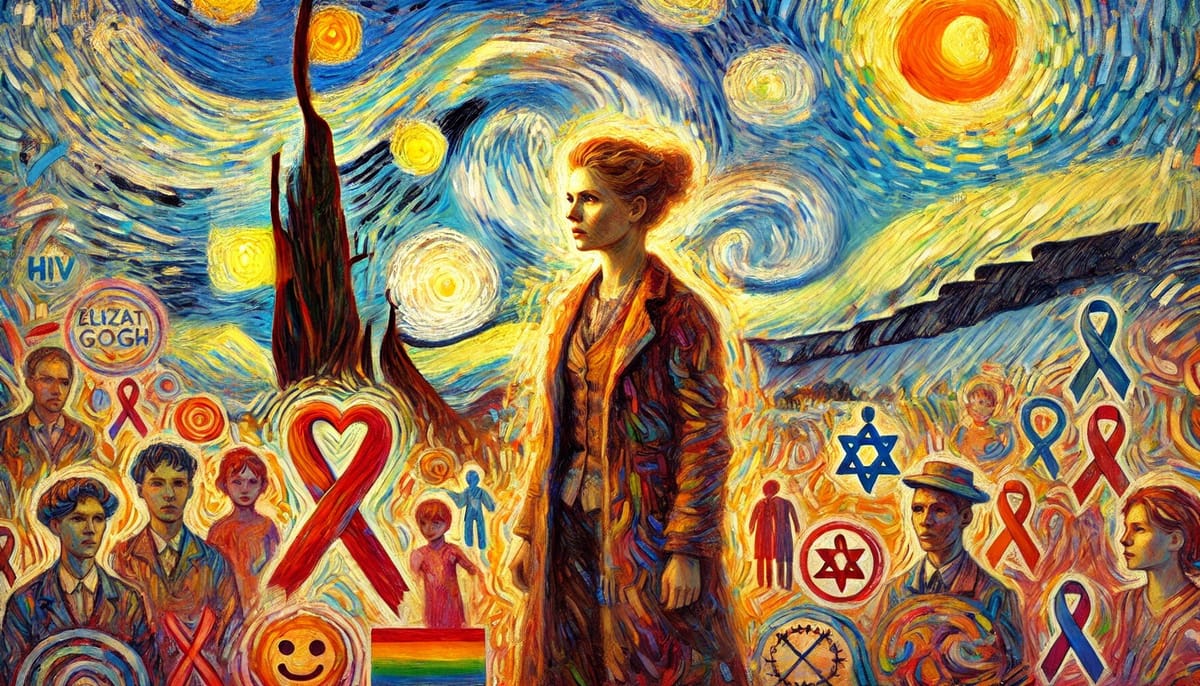Elizabeth Glaser: Fighting HIV Stigma with Courage and Action

In the early 1980s, Elizabeth Glaser was living the life of a happy mother, completely unaware that a simple blood transfusion during childbirth had changed her life forever. The transfusion had unknowingly given her HIV, and without knowing her status, she had transmitted the virus to her daughter, Ariel, through breastfeeding. Years later, her son, Jake, was also found to be HIV-positive—exposing a painful reality that no mother should have to face.
But Elizabeth refused to let HIV define her or her children. Instead, she turned her grief into action, confronting not only the medical challenges of the disease but also the overwhelming stigma that came with it.
Breaking the Silence
In the 1980s, HIV/AIDS was shrouded in fear, misunderstanding, and prejudice. It was labeled a “death sentence,” and those living with it were often treated as outcasts. Elizabeth saw firsthand how the lack of information and stigma prevented people from getting tested, seeking treatment, and speaking openly.
Rather than hide, she chose to speak out. She co-founded the Elizabeth Glaser Pediatric AIDS Foundation (EGPAF) in 1988, determined to fight misinformation, advocate for research, and push for policies that would help children affected by HIV/AIDS. At a time when many kept their diagnoses secret out of fear, Elizabeth’s public battle was an act of bravery.
Facing the Stigma Head-On
Elizabeth did not just fight HIV; she fought how people saw HIV. She personally met with politicians, doctors, and activists, urging them to see the disease beyond stereotypes. She refused to let HIV be labeled as a disease that only affected certain groups—she showed that it could affect anyone, even families like hers.
She stood before powerful figures, including then-President Bill Clinton, and demanded action. Her advocacy helped shape national policy, increasing funding for pediatric HIV research and treatment.
Coping Through Purpose
For Elizabeth, coping with her diagnosis meant transforming her personal pain into a movement that would help others. Instead of falling into despair, she focused on what she could change:
• Education – She worked tirelessly to educate people about HIV/AIDS, breaking myths and encouraging compassion.
• Advocacy – She fought for better access to testing, treatment, and research funding.
• Community – She built a network of people who, like her, refused to let stigma dictate their lives.
Though Elizabeth passed away in 1994 due to complications from AIDS, her legacy of resilience and activism lives on. Today, her foundation continues to save lives, ensuring that fewer families have to endure the struggles she faced.
What We Can Learn from Elizabeth’s Story
1. Silence fuels stigma – Speaking out, even when difficult, helps break stereotypes and misconceptions.
2. Advocacy is a powerful tool – One voice, when determined, can change policies, research, and public perception.
3. Coping means finding purpose – Elizabeth transformed her pain into action, showing that even in the face of immense personal loss, one can create lasting impact.
